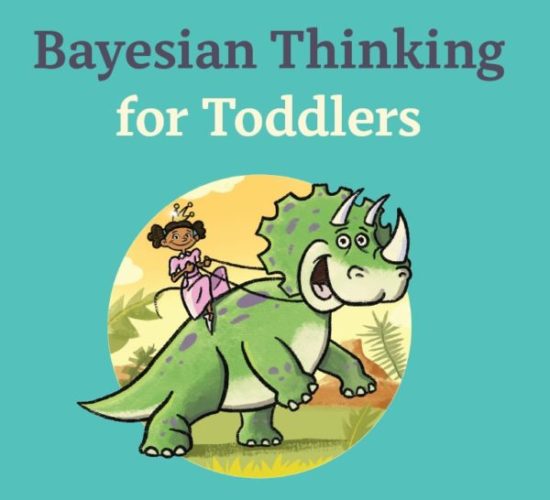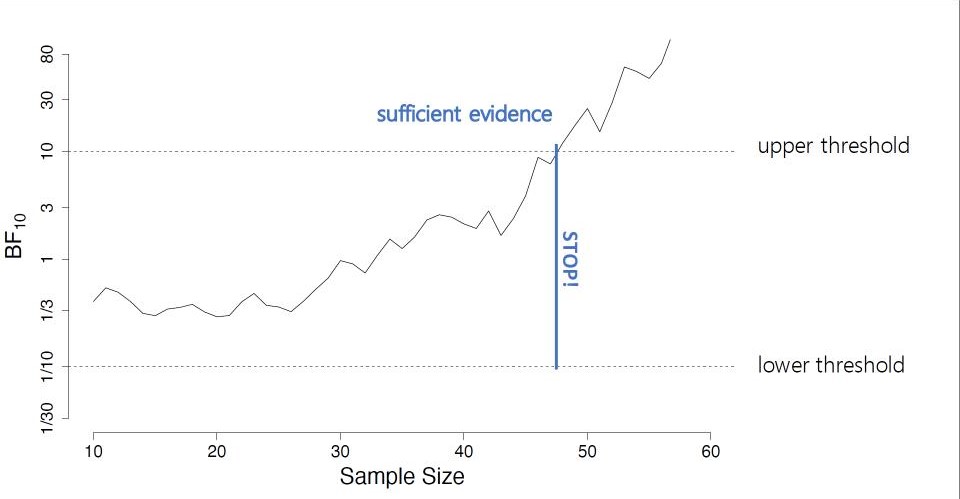Preprint: Expert Agreement in Prior Elicitation and its Effects on Bayesian Inference

This post is an extended synopsis of Stefan, A. M., Katsimpokis, D., Gronau, Q. F. & Wagenmakers, E.-J. (2021). Expert agreement in prior elicitation and its effects on Bayesian inference. Preprint available on PsyArXiv: https://psyarxiv.com/8xkqd/ Abstract Bayesian inference requires the specification of prior distributions that quantify the pre-data uncertainty about parameter values. One way to specify prior distributions is through…
read more





